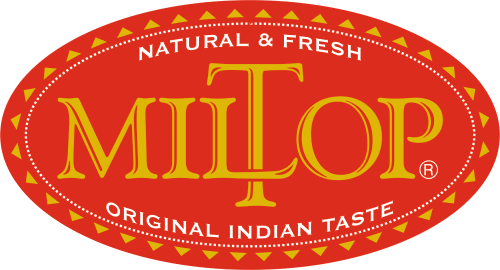Description
The true fruit of the cashew tree is a kidney or boxing-glove shaped drupe that grows at the end of the accessory fruit. The drupe develops first on the tree, and then the peduncle expands into the cashew apple. Within the true fruit is a single seed, the cashew nut. Cashew nuts are the stone fruits of the cashew tree, which grows to a height of up to 12 m.
Cashew nuts are classified as:
Cashew apple: The cashew apple, at up to 9 cm in length, is the pear-shaped, swollen, soft, shiny yellow or red, fleshy stem of the cashew nut proper. The cashew apple itself is not suitable for transport and storage.
The cashew nut: The cashew nut is a stone fruit, which grows out of the bottom of the cashew apple, is approx. 2 – 2.5 cm long, kidney-shaped, yellowish-reddish in color and has a hard shell with a single kernel with a delicate aroma. It is removed from the cashew apple after harvesting and sun- or hot air-dried, the shell then becoming detached to reveal the kernel proper.
The cashew kernel: This is surrounded by a fine, brown seed coat, which contains antioxidants which protect the kernel from penetration by atmospheric oxygen so preventing it from becoming rancid (oxidative rancidity).
Cashew nuts are also known as anacardium nuts. Oil content: 45 – 50%
The cashew nutshell liquid (CNSL), a by-product of processing cashew, is mostly composed of anacardic acids. These acids have been used effectively against tooth abscesses due to their lethality to gram-positive bacteria. They are also active against a wide range of other gram-positive bacteria. Many parts of the plant are used by the Patamona of Guyana medicinally. The bark is scraped and soaked overnight or boiled as an antidiarrheal. Seeds are ground up into powders used for antivenom for snake bites. The nut oil is used topically as an antifungal and for healing cracked heels.
Acid is also used for the production of cardanol, which is used for resins, coatings, and frictional materials.
The cashew nut is a popular snack, and its rich flavor means that it is often eaten on its own, lightly salted or sugared. Cashew nuts are sold covered in chocolate, but due to their higher price compared to peanuts and almonds, cashews are not as common in candy except from higher quality manufacturers. Cashew nuts also factor in Thai cuisine and Chinese cuisine, generally in whole form, and in Indian forsine, often ground into sauces such as shahi korma, and also used as garnish in Indian sweets and desserts. The cashew nut can also be used in cheese alternatives for vegans, typically in homemade cheese recipes. In Malaysia, the young leaves are often eaten raw as salad or with sambal belacan (shrimp paste mixed with chili and lime).In Brazil, the cashew fruit juice is popular all across the country. Additionally, visitors to northeastern areas such as Fortaleza will often find cashew nut vendors selling the nuts for low cost, salted in a plastic bag upon purchase. In the Philippines, cashew is a known product of Antipolo, and is eaten with suman. Pampanga also has a sweet dessert called turrones de casuy which is cashew marzipan wrapped in white wafer.Mainly eaten raw and used in muesli, salads, desserts, and vegetable and meat dishes and in trail mixes. Jam is made from the light yellow, juicy, sharp, fruity-tasting flesh of the cashew apple. In the countries where the cashew apple grows, it is also used in the drinks industry.


